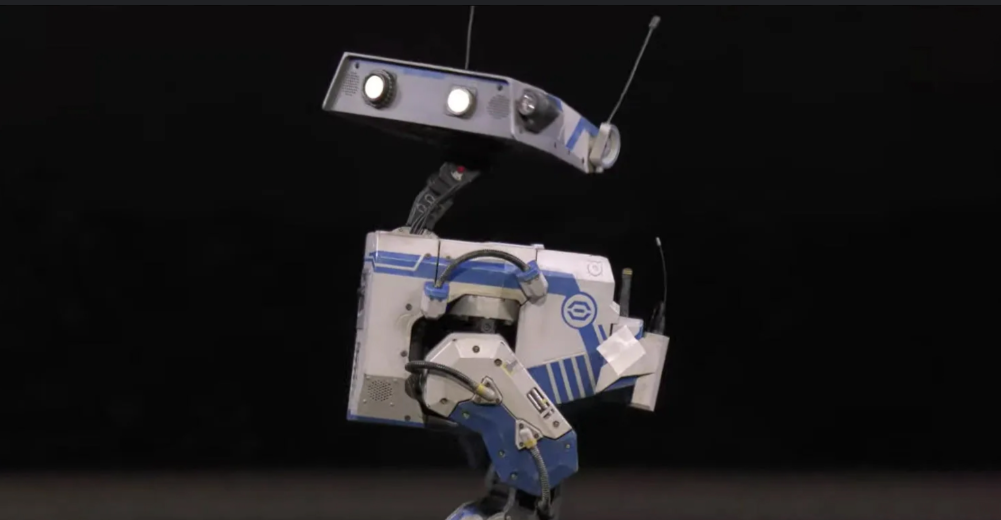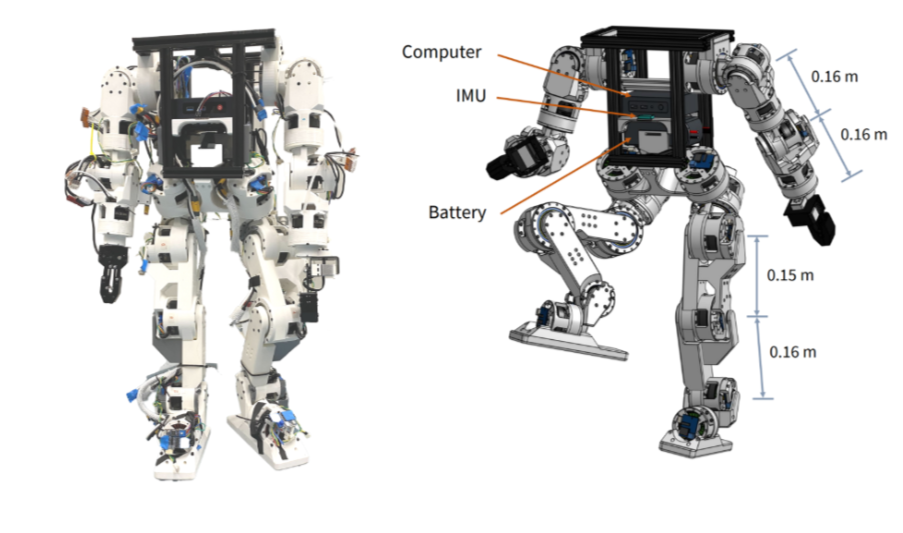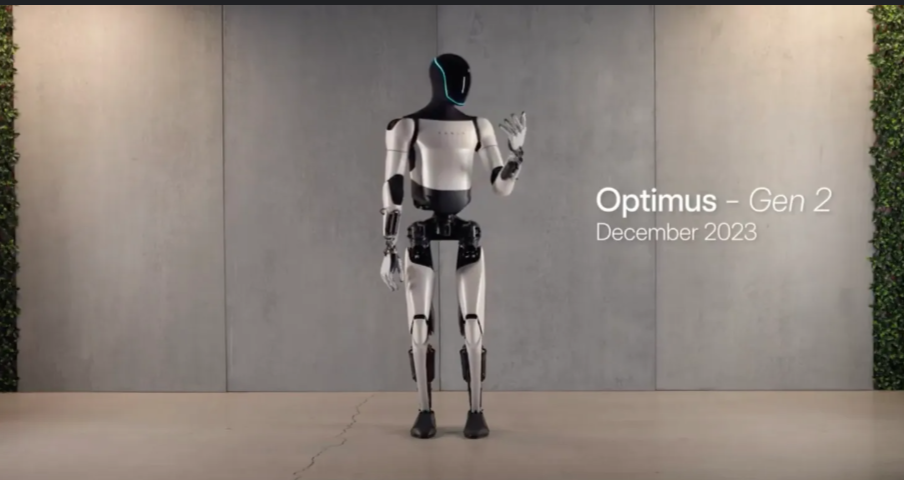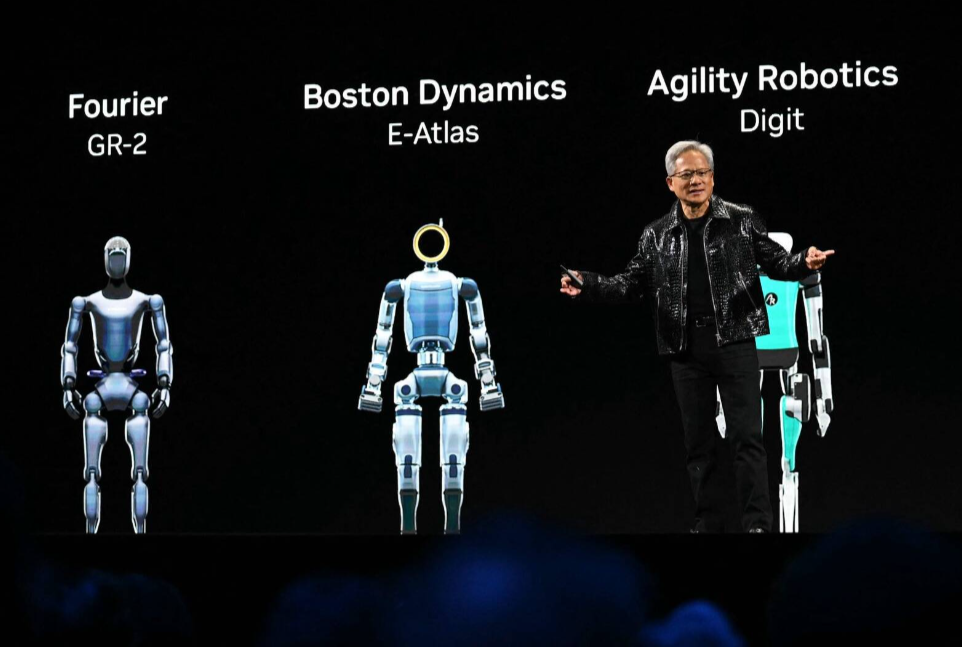Introduction to Neural Control
Imagine a world where controlling a robot requires simply thinking about an action. This isn't science fiction - neural interfaces are already creating a bridge between the human brain and machines today. In this article, we explore how this technology is reshaping the future of robotics.
Neural interfaces, also known as Brain-Computer Interfaces (BCI), represent one of the most revolutionary technologies of our time. They enable direct interaction between neural activity of the brain and external devices, bypassing traditional pathways of command transmission through the nervous system to muscles.
The history of neural interface development began in the 1970s with the first experiments recording individual neuron activity in animals. However, the real breakthrough occurred only in the last two decades thanks to the development of computational power, machine learning algorithms, and miniaturization of electronic components.

How it Works: Detailed Analysis
Neural interfaces work on the principle of "read-decode-execute," however each of these stages represents a complex technological process:
- Signal Reading - special sensors capture electrical brain activity
- Preprocessing - filtering noise and artifacts
- Feature Extraction - identifying significant signal characteristics
- Decoding - AI algorithms interpret neural patterns
- Command Conversion - converting into control signals
- Execution - robot performs the corresponding command
- Feedback - system reports action completion
Neurophysiological Foundations
To understand how neural interfaces work, it's necessary to understand the basics of neurophysiology. The human brain contains about 86 billion neurons, each of which can form up to 10,000 synapses with other neurons. This complex network generates electrical signals of various frequencies and amplitudes.
The motor cortex of the brain, located in the frontal lobe, is responsible for planning and executing voluntary movements. It's precisely the activity of neurons in this area that allows neural interfaces to "read" user intentions. When a person thinks about movement, for example, raising their hand, corresponding neurons in the motor cortex activate even before muscles receive the command to act.
Modern neural interfaces are capable of recording different types of neural activity: action potentials of individual neurons (spike activity), local field potentials (LFP), electrocorticographic signals (ECoG), and electroencephalographic signals (EEG).
Types of Interfaces and Their Characteristics
| Type | Features | Application | Advantages | Disadvantages |
|---|---|---|---|---|
| Non-invasive (EEG) | Safe but less accurate | Industrial robots, rehabilitation | Safety, ease of installation | Low resolution, interference |
| Semi-invasive (ECoG) | Electrodes on brain surface | Medical applications | Good resolution, stability | Requires surgery |
| Invasive implants | High accuracy but requires surgery | Precise manipulations, prosthetics | High accuracy, speed | Surgical risks, degradation |
| Ultrasonic | Non-invasive stimulation of deep structures | Research, therapy | Deep penetration | Low transmission speed |
Algorithms and Artificial Intelligence
Modern neural interfaces rely significantly on machine learning algorithms for decoding neural signals. The most common approaches include:
Classical Machine Learning Methods
Linear discriminant analysis (LDA) and support vector machines (SVM) have long been the standard in the field of neural interfaces. These algorithms are effective for movement classification tasks and show good results when working with a limited number of recording channels.
Deep Learning
The application of neural networks, especially convolutional and recurrent architectures, has significantly improved decoding quality. Convolutional neural networks (CNN) effectively process spatial patterns in EEG signals, while recurrent networks (RNN, LSTM) successfully work with temporal dependencies.
Adaptive Algorithms
One of the key problems of neural interfaces is the non-stationarity of neural signals. Brain activity can change depending on the user's state, time of day, fatigue level. Adaptive algorithms, such as adaptive Kalman filters, allow the system to automatically adjust to changes in the signal.
 Real Applications Today
Real Applications Today
Medical Breakthroughs
At Johns Hopkins Clinic, patients with paralysis control exoskeletons with the power of thought. Recent studies show impressive results:
- 68% of patients recover partial mobility
- Training time reduced from 6 months to 2 weeks
- Bionic prosthetics transmit tactile sensations
- Command execution accuracy reaches 95%
Researchers have achieved particularly impressive results in the field of neuroprosthetics. Modern bionic hands are capable of not only performing complex movements but also transmitting tactile sensations back to the user's brain. This is achieved through intracortical microstimulation of the somatosensory cortex.
A team from Stanford University developed a system that allows patients with paralysis to type text at a speed of 90 characters per minute simply by imagining hand movements while writing. This became possible thanks to the use of Utah Array microelectrode arrays implanted in the motor cortex.
Post-Stroke Rehabilitation
Neural interfaces show outstanding results in rehabilitating post-stroke patients. Neurofeedback technology allows patients to see their brain activity in real-time and learn to control it. Studies show that such therapy can significantly improve motor function recovery.
At the Charité clinic in Berlin, they developed a system that combines a neural interface with functional electrical stimulation of muscles. When a patient thinks about movement, the system not only registers their intention but also stimulates the corresponding muscles, helping restore neural connections.
Industrial Solutions
At BMW factories, operators control cranes through neural headsets. Implementation results exceeded expectations:
- Operator fatigue reduced by 40%
- Movement accuracy increased by 25%
- Novice training speed reduced by half
- Industrial injuries decreased by 30%
- Productivity increased by 15%
The automotive industry is actively researching applications of neural interfaces to improve driving safety. EEG-based driver attention monitoring systems can warn of decreased concentration or falling asleep at the wheel.
Aviation and Space
NASA and ESA conduct research on neural interface applications in space missions. Weightlessness and limited space of spacecraft make traditional control methods ineffective. Neural interfaces could allow astronauts to control robot assistants and onboard systems with the power of thought.
In military aviation, neural interfaces are used to monitor pilot cognitive load. The system can automatically redistribute tasks among crew members depending on their current state.
Technological Barriers and Ways to Overcome Them
Despite significant progress, neural interfaces face a number of technical challenges:
| Problem | Description | Promising Solutions | Expected Results |
|---|---|---|---|
| Low signal resolution | EEG records combined activity of millions of neurons | Photoacoustic tomography (50 μm) | 300% accuracy increase |
| Implant drift | Signal quality degradation over time | Self-organizing nanoelectrodes | Stability over 10 years |
| Power consumption | Device autonomy limitations | Wireless ultrasonic transmission | 100x consumption reduction |
| Biocompatibility | Inflammatory reactions to implants | Biodegradable electrodes | Complete tissue integration |
| Data transmission speed | Bandwidth limitations | Optical neural interfaces | 1000x speed increase |
Materials Science Innovations
The development of new materials plays a key role in neural interface advancement. Graphene electrodes show superior characteristics compared to traditional metallic ones: they have high conductivity, flexibility, and biocompatibility. MIT researchers developed "neural lace" - an ultra-thin mesh of polymer nanofibers with embedded electrodes that can integrate with brain tissue at the cellular level.
Wireless Technologies
One of the main obstacles to widespread adoption of implantable neural interfaces is the need for wired connections, which increase infection risk. Developing wireless data transmission and power systems is a priority direction. Kernel company developed a system using near-infrared spectroscopy for non-invasive neural activity reading with high resolution.
Ethical Dilemmas and Social Issues
Neural interface development raises many ethical questions that require careful consideration:

Privacy and Security of Neural Data
Neural interfaces by their nature have access to the most intimate information - our thoughts. This creates unprecedented challenges for ensuring privacy:
- Protection from hacking - how to secure neural data from cybercriminals?
- Access control - who can gain access to neural information?
- Anonymization - is it possible to create truly anonymous neural data?
- Processing consent - how to obtain informed consent for neural data use?
University of Washington researchers demonstrated that EEG data can determine personal information, including preferences, emotional state, and even some memories. This makes neural data protection issues particularly relevant.
Autonomy and Free Will
Neural interfaces raise fundamental questions about the nature of human will and autonomy:
- Boundaries of "self" - where does the human end and the machine begin?
- Responsibility for actions - who is responsible for actions performed through neural interface?
- Coercion - can neural interfaces be used for coercion?
- Enhancement vs treatment - where's the line between therapy and ability enhancement?
Social Inequality
There's a risk that neural interfaces could create new forms of social inequality:
- Technology accessibility - won't neural interfaces become a privilege of the wealthy?
- Coercion to use - won't there be professional coercion to install neural interfaces?
- Discrimination - won't this lead to discrimination against "unenhanced" people?
- Children's neural interfaces - is it ethical to implant neural interfaces in children?
Legal Regulation
Existing legal systems are not ready for the era of neurointerfaces. It is necessary to develop new legal norms that would account for the specifics of these technologies:
- Rights to neurodata - who owns brain activity data?
- Medical regulation - how to classify neurointerfaces: as medical devices or consumer electronics?
- International cooperation - how to ensure uniform safety standards?
Development prospects: what awaits us in the future
Experts predict significant changes in the field of neurointerfaces by 2030:
Short-term prospects (2025-2027)
- Neurocontrol will become standard for medical robots
- Emergence of first commercial neurointerfaces for healthy people
- Integration of neurointerfaces into smartphones and wearable devices
- Development of neurogames and entertainment applications
Medium-term prospects (2027-2030)
- Emergence of professions for cognitive system operators
- Mass implementation in rehabilitation medicine
- Neurointerfaces in education for accelerated learning
- Development of "neurointernet" - networks of connected brains
Long-term prospects (2030+)
- Direct "brain-to-cloud" connection for instant knowledge access
- First neurointerfaces for mass consumers
- Creation of "digital immortality" through consciousness uploading
- Emergence of hybrid human-machine intelligence
Impact on society and economy
Neurointerfaces won't just change technologies - they will transform society:
Labor relations
The emergence of neurointerfaces will create new professions and change existing ones. Neurointerface operators will become a new professional category requiring special training. Traditional workplaces may be transformed - from industrial robot operators to pilots and surgeons.
Education
Neurointerfaces could revolutionize education by enabling direct knowledge transfer to students' brains. This raises questions about the nature of learning and the need for traditional education.
Healthcare
Beyond obvious medical applications, neurointerfaces could change the entire healthcare system. Continuous monitoring of brain activity will enable early detection of neurodegenerative diseases, mental disorders and other conditions.
Global research projects
The development of neurointerfaces is supported by major international projects:
BRAIN Initiative (USA)
The Brain Research through Advancing Innovative Neurotechnologies project, launched in 2013, aims to create a complete brain map and develop new technologies for its study. The project budget exceeds 6 billion dollars.
Human Brain Project (Europe)
The European project worth 1.3 billion euros focuses on creating a detailed computer model of the human brain. One of the directions is the development of next-generation neurointerfaces.
China Brain Project
The Chinese project "Brain, Cognition and Intelligence" aims to study neural mechanisms of cognition and develop brain-computer interfaces. Special attention is paid to the application of artificial intelligence for neural data analysis.
Commercial developments
Several companies are actively developing neurointerfaces:
Neuralink
Elon Musk's company is developing high-resolution implantable neurointerfaces. The goal is to create a "symbiosis" between humans and artificial intelligence. The first clinical trials began in 2024.
Synchron
The Australian company has developed a minimally invasive neurointerface that is implanted through blood vessels. The device has already received FDA approval for treating paralyzed patients.
Kernel
The company focuses on non-invasive neurointerfaces using advanced optical neuroimaging methods. The goal is to create consumer devices for cognitive enhancement.

Future applications
Potential areas of application for neurointerfaces are practically limitless:
Entertainment and games
Neurogames will allow players to control characters with the power of thought, creating unprecedented immersion. Brain-controlled virtual reality may become a new form of entertainment.
Creativity and art
Artists and musicians will be able to create works by directly translating their thoughts and emotions into digital form. This may lead to the emergence of new art forms.
Communication
Neurointerfaces may enable direct thought transmission between people, creating new forms of communication. This is especially important for people with speech impairments.
Conclusion
Neurointerfaces have ceased to be laboratory experiments and are becoming the reality of our time. Today they restore mobility to paralyzed patients, revolutionize industrial production and open new possibilities for human interaction with technologies.
However, the path to widespread adoption of neurointerfaces goes through solving numerous technical, ethical and social challenges. It is necessary to ensure the security and confidentiality of neurodata, develop fair principles for technology access and create legal frameworks for their regulation.
As these challenges are addressed, neurointerfaces will become an integral part of our interaction with machines, ushering in an era where the boundary between humans and technology becomes increasingly blurred. This will be not just a technological evolution, but a fundamental transformation of human experience.
The future where thought becomes command no longer seems like science fiction thanks to the rapid development of neurointerfaces.

